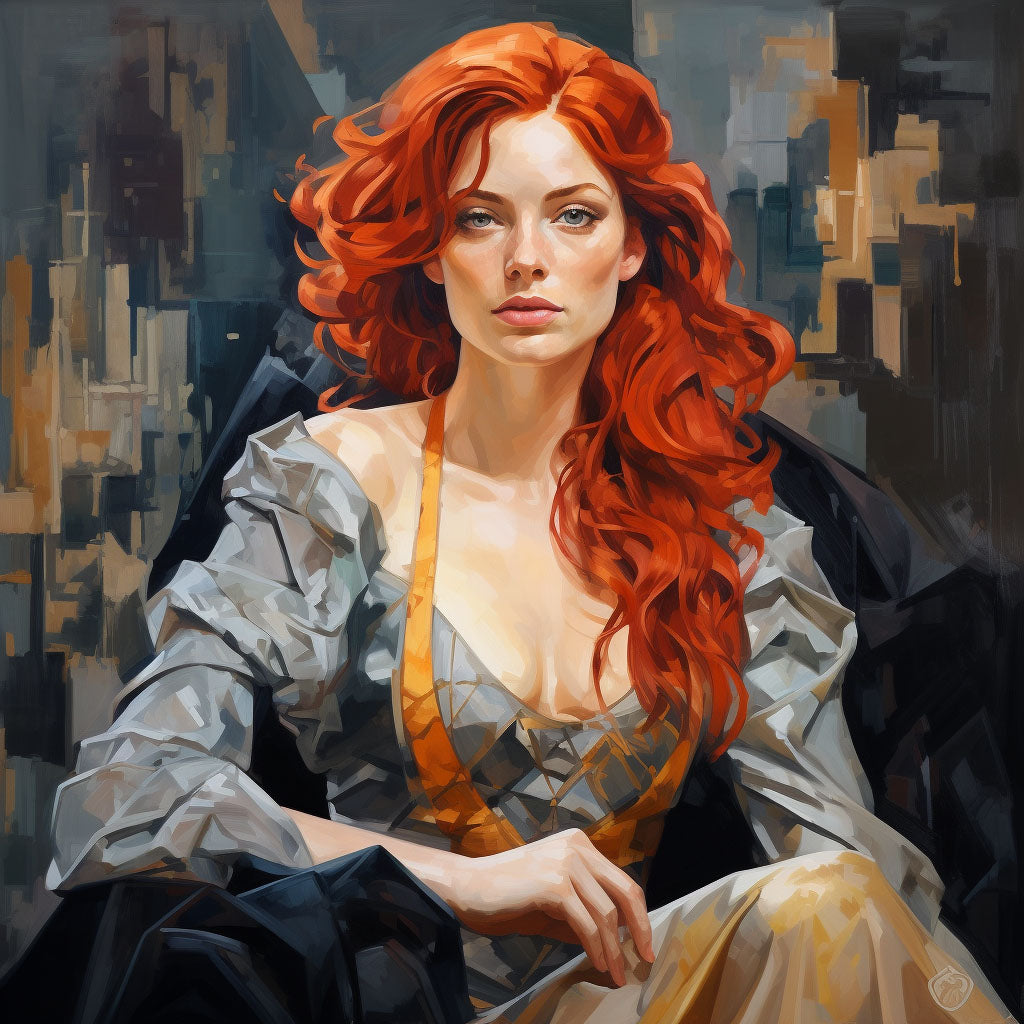
If you ask anyone in my family, they're a victim, and everyone else is a villain. Myself? I was the scapegoat, the black sheep, the redheaded stepchild -- Sure, I had black hair, but I stood out in family photos.
These are just different ways of saying victim.
Villains as Victims
When you're stuck deep in the victim mindset - when you choose to make it part of your identity, you can't write a good villain. Hear me out. I'm not here to blame victims in this post; I'm here to confess. The villain in my first novel was SHALLOW, and I needed years of therapy before I could write this archetype better.
She abandoned her children to join a cult serving a powerful city governor in a post apocalyptic wasteland. She was gorgeous, cunning, and selfish, but with all the complexity of a cartoon baddie.
Why is this so difficult for victims?
The victim wants to heal, but they also want the harm they experienced to be recognized. In the process many deemphasize their own dark impulses and any pain they cause others. No one is born a being composed of glorious light. We have fears. If we have fears, we have darkness that can lead you to act on it.
My mistake in writing my first villain was to assume that copious amounts of hate would make one sufficiently evil.
She believed she was superior to the rest of the citizens in her city, and she hated them. Blah. Blah. Blah. It was fairy tale, which is fine for kids, but not what I was writing.
Why do we write one-dimensional villains?
The villain archetype opposes the protagonist's goals and aspirations. They are hostile, obstructive, and unreasonable -- they need a lot of raw motivation to stay focused. Yet, our real-life villains often have lives filled with love and admiration. Love doesn't heal them or bring them to cease their harmful ways. This a conundrum that causes victims profound cognitive dissonance, because it feels so profoundly unjust. We simplify the narrative because we want to be seen and understood. We're victims of gaslighting and minimization. We're used to people doubting our experiences.
And, as victims, we are blind to our similarities with our real-life villains. Both the villain and the victim fail to face their darkest impulses and confront their blinding fears.
Dark emotions frequently coexist in the most evil ways.
I'm not suggesting that villains shouldn't be angry characters, but to write a better villain than I did in my first book, I had to see the dark in the light and the light in the dark. We are all suspectable to feeling six basic types of fears: fear of poverty, fear of criticism, fear of ill health, fear of loss of a loved one, fear of old age, fear of death.
While rewriting that villain today, I'd make her afraid of losing loved ones - so afraid that she couldn't love her own children. I'd have her terrified of poverty to the point that she'd do anything for a tyrant to stay near him. Her vanity would stem from a fear of old age. She'd hate the masses because she knew that if they could see her for who she was inside, they would despise and criticize her.
The archetype that threatens growth cannot grow and will stop you from growing
A protagonist's goals and aspirations require personal growth. Finding strengths you never knew you had. Being the better person. The ultimate defeat of the real-life villain is to meet your own shadow, dispelling the darkness within, and emerge stronger and ready to love, risk, hope, strive, grow old, give, listen, and go bravely forward with your life and all the beautiful lessons ahead.
For a long time, I grappled with words like survivor, which is a step forward from being a victim, but I was still defining myself by the harm I experienced. I am not any experience I didn't choose. I'm a friend. I'm an artist. I'm a writer.
I can look at the villain archetype now and see they all have the same stunted qualities. As I write more complex villains, I'm aware that their obstructive, evil ways stem from a small crippled black heart too scared to face their inner demons.
